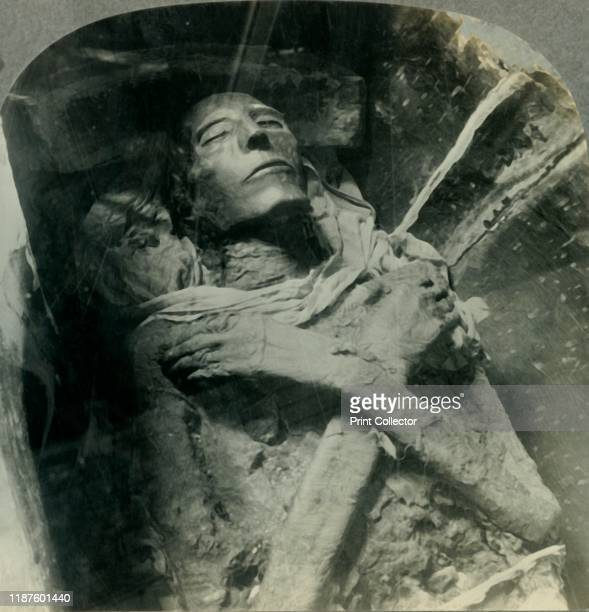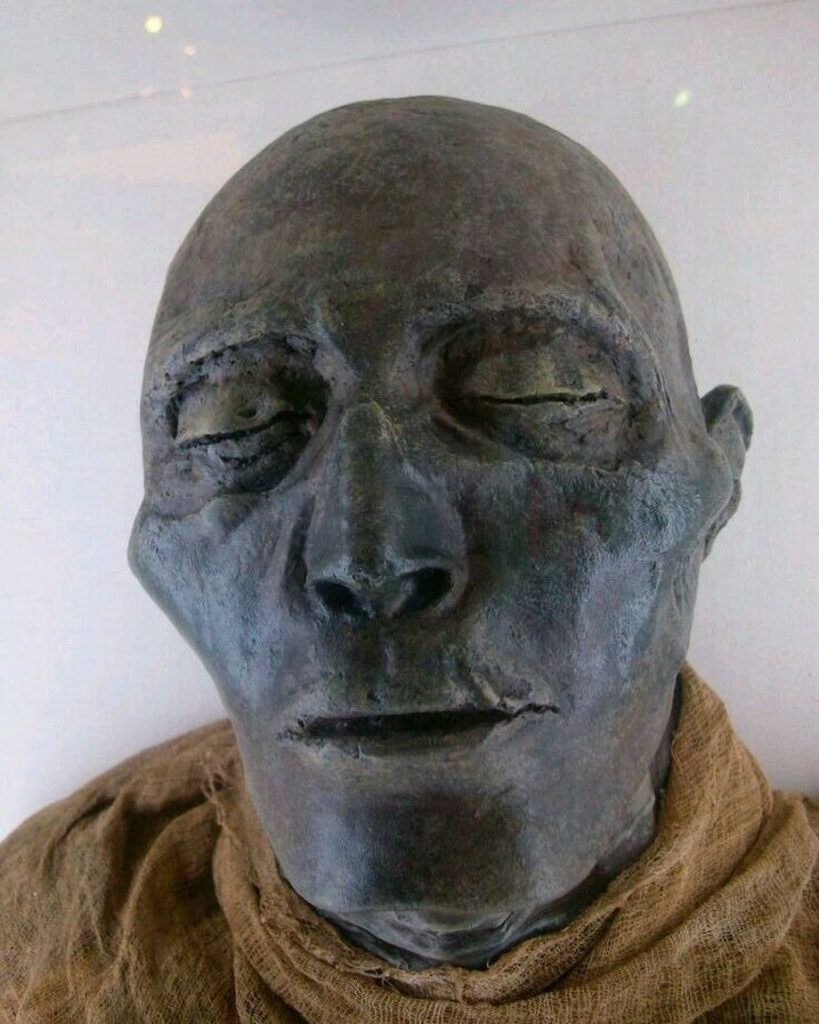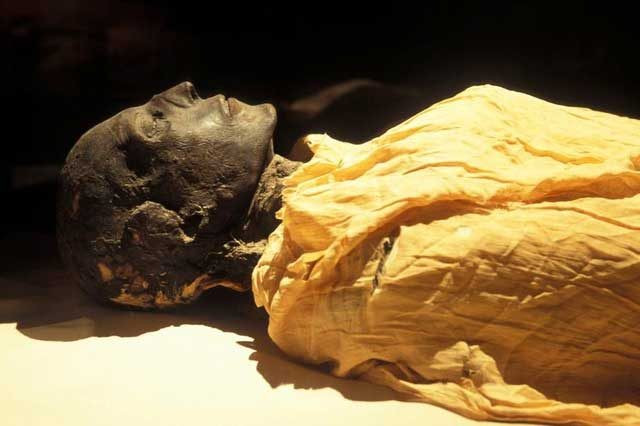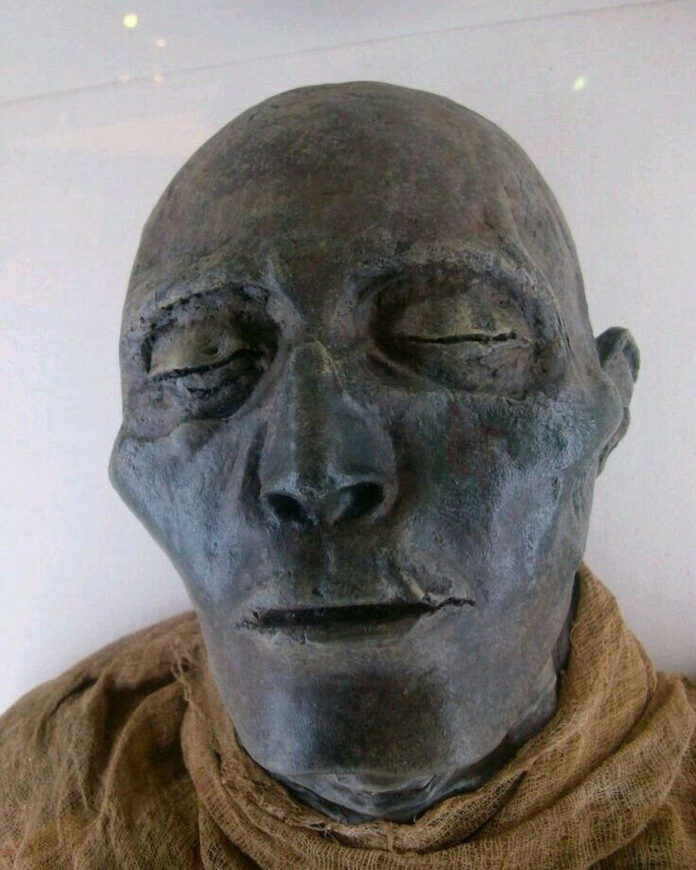In 1881, the perfectly preserved mummy of Seti I and the remains of his original wooden coffins were discovered in a cache at Deir El-Bahri. Egyptologists were pleasantly surprised by the superior preservation of the mummified face of Menmaetre Seti I, also known as Sety I, of the New Kingdom’s Nineteenth Dynasty. His face is regarded as one of the best preserved in the world and in Ancient Egypt’s annals.

Seti I’s Reign and Accomplishments
Dying about 3,298 years ago, Seti I is reckoned to have ruled when Egypt was at one of its most affluent peaks from 1290 to 1279 BCE. He was father to perhaps ancient Egypt’s most beloved pharaoh, Ramesses II. His father, Ramses I, reigned for only two years.

During his 11 or 15-year rule, Seti did much to promote the prosperity of Egypt. He fortified the frontier, opened mines and quarries, dug wells, and rebuilt temples and shrines that had fallen into decay or been damaged. He also continued the work began by his father on the construction of the great hypostyle hall at Karnak, which is one of the most impressive monuments of Egyptian architecture.
The Tomb of Seti I

The tomb of this extremely powerful and handsome ruler, located in the Valley of the Kings and known as KV17, was brought to the world’s attention by the rebellious researcher Giovanni Battista Belzoni on October 16, 1817. It is the longest tomb in the entire necropolis, measuring about 137 meters (449 ft.).
The Mummy’s Condition and Current Location
Seti’s mummified body was neatly prepared and covered with a yellow shroud. However, tomb looters had messed with his bandages and smashed his abdomen. Worse still, Seti’s head was separated from the rest of his battered body. Fortunately, his face remained untouched. Now, the remains of Seti I rest among other royal mummies in the Cairo Museum.
Seti I’s Military Campaigns and Accomplishments
In the early years of his reign, Seti led his army northward to restore Egyptian prestige, which had been partly lost during the troubled years of the late 18th dynasty under Akhenaton. He battled in northern Palestine and Syria and fought at least one battle with the Hittite king Muwatallis; he subsequently concluded a peace treaty that may have established the frontier at Kadesh on the Orontes River between the Lebanon and Anti-Lebanon mountains.

Another important work is his memorial temple at Abydos, which he dedicated to Osiris and six other deities, of which much of the original color remains. Although his son Ramses II is more famous, Seti is thought by many scholars to have been the greatest king of the 19th dynasty.

